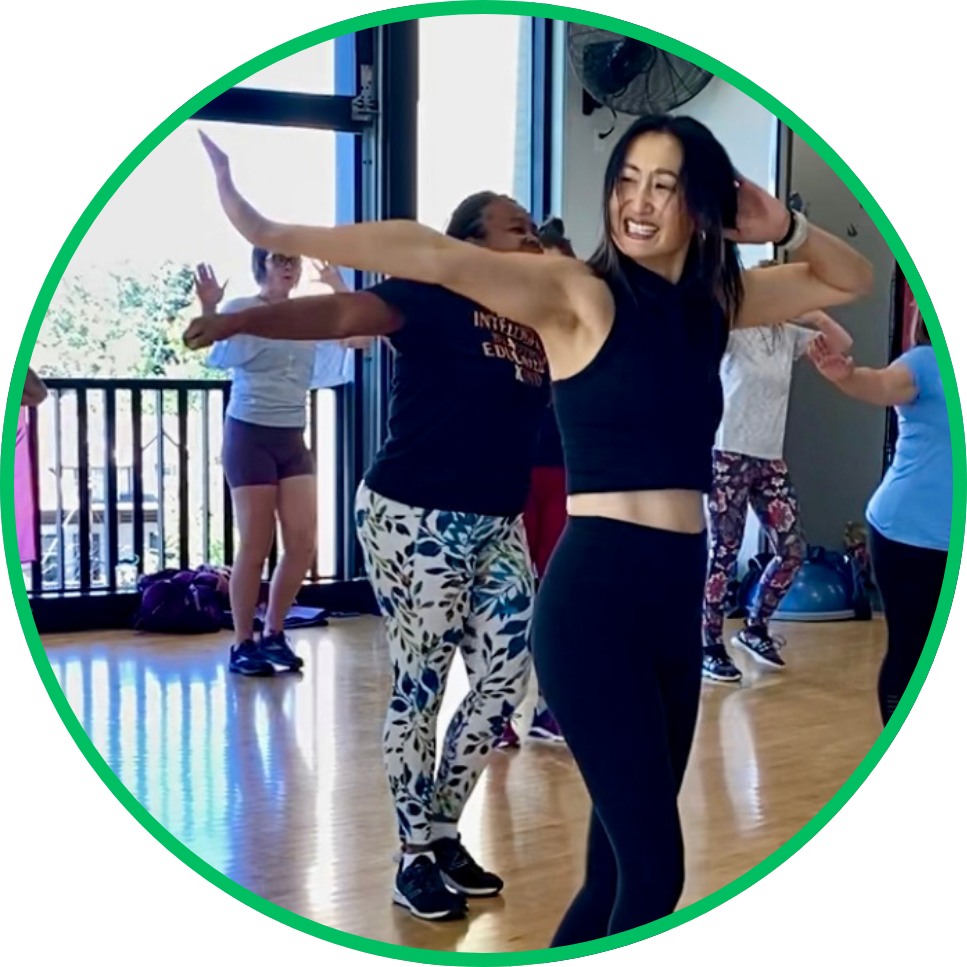Your Cart is Empty
Shop Small This Season!
Buy 1 Get 1 25% off Pre-order & New items!
Code: OulaDeals
Shop Small This Season!
Buy 1 Get 1 25% off Pre-order & New items!
Code: OulaDeals
Add description, images, menus and links to your mega menu

September 01, 2024 4 min read
The element of earth
guest blog by Ruthanne Kim
According to The Yoga Journal, the earth element is associated with the first chakra, the Muladhara or root chakra, located at the base of the spine. The Earth chakra is spinning open energy, and we feel this energy in our bones, muscles, and tissue. When balanced, the earth element is a powerful force that helps us feel connected, at home, and secure. It roots us to our ancestors and connects our personal energy to the greater Earth and its energies. This element centers our physical bodies as the way we experience and connect with the world, not only through movement but also stillness. Embodied, we feel the rhythm of the Earth and the universe, its pulses and pauses. With its steady and safe energy, the earth element encourages us to adventure into the world, try new things, and take risks. Breathwork is the circulatory energy flowing through our water bodies to connect our bones, muscles, and tissues to coordinate stability and movement.
As I consider ways to bring this element into my dance practice, I am reminded of my experiences of being at home, ancestry, and belonging. Recently, my dad passed away, and the Oula community has surrounded me with shared vulnerabilities as others bravely express their unique stories of gratitude and grief for those who have passed. I am learning that it is okay to spin out of control, to lose my stable rhythm. If you had an ancestor like my dad, perhaps you lost someone who grounded you and helped you feel secure to find adventures far from home. For many, it takes courage to walk into our dance studios and find themselves at home with bodies that appear so coordinated, in rhythm, and in sync. It is easy to feel conspicuous when others seem grounded in their dance practice and connected. It’s easy to think we are the only ones not fitting into a group. How can we extend the abundance and security Oula gives us, so our dancers feel secure to return to themselves and connect with others?
When I dance, my style tends to be one of intense energy. However, I've come to realize that my practice often overlooks the importance of stability, pauses, and even breaks. The earth element beckons us to return to our roots, to a place of rest and rejuvenation, and to cease the struggle of being constantly engaged with the world. But it might also invite us to explore being unrooted, seeking safety through the gifts of nomadic belonging. Regardless, the earth element encourages us to find equilibrium in our practice and incorporate movements that bring stability and tranquility. Which movements can evoke this feeling for you? Perhaps we'll position our hands below our navel; maybe we'll explore a sitting posture where we visualize the energy flowing from the base of our spine to the crown of our heads and out to our fingers and toes. Perhaps we explore instability and the curiosity of being off balance. Maybe our earth-centric dance practice will lead us to take risks, explore new places, and meet new people. And perhaps it will prompt us to consider which opportunities we can forego to return to those familiar friends, places, and habits that ground us.
As I close this meditation on the Earth element, I want to return to the Earth herself. When we say “Mother Earth,” we often contrast her with the abstract “Father Time.” In Latin-based languages, the whole planet is usually gendered feminine, but male dominance seeks to control and order the land, its rich resources, its growing cycles, and its built environments.(1) However, when disaster strikes, pundits often say that it is the fault of chaotic and uncontrollable Mother Earth. It is usually up to the Global Majority farmers of the world, 80% women and children, to eke out the material resources I consume daily.
As I dance, I want to hold gratitude for the Earth and her farmers and laborers and rethink the symbols and systems of gender and the Earth that shape what is available to me and how I see myself. I want to broaden my compassion toward and reciprocity with the Earth that so precariously and powerfully houses, clothes, and feeds us. I want to ground my generosity and abundance with the Global Majority, who often instruct me on reciprocity with the Earth. I seek ways to reconcile my dance practice with my ethical mind as I move with the music. I wonder with you, my fellow Oulakins, what lessons and reflections can we share to give depth and reciprocal generosity to the Earth and those who tend the Earth despite the injustices of our regions? How can Oula help us elevate those humans and more-than-humans (2) who toil in the land, sea, and air? All this is our Earth.
1 For example, the earth translatesla terre in French orla tierra in Spanish. However, the land is often masculine, such as the expression, returning to one’s “fatherland” (le solin French andel sueloin Spanish).
2 More-than-human acknowledges that diverse flora and fauna varieties conduct labor to balance, order, and replenish the Earth and that human reciprocity with these species matters. To learn more, I recommend Robin Wall Kimmerer’s skillful book Braiding Sweetgrass: Indigenous Wisdom, Scientific Knowledge, and the Teachings of Plants.
Epigraph
In loving celebration of Bernice Johnston, Queen B, who taught us to ‘live like a warrior.’
“Feel the feelings and drop the story.” - Pema Chodron

Leave a comment
Comments will be approved before showing up.
Subscribe
Sign up to get the latest on sales, new releases and more …


